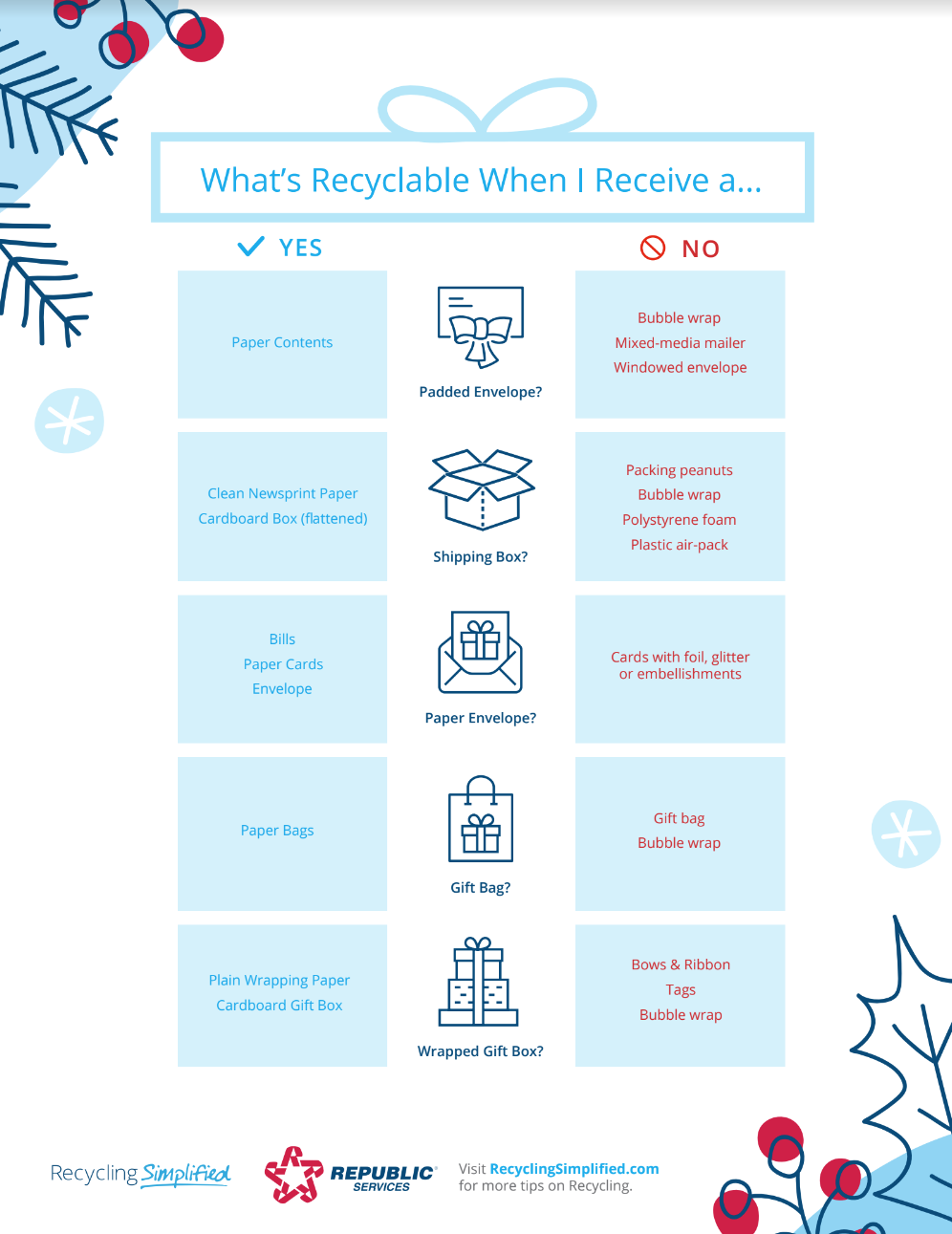Newsletter: Putting our money where our mouth is
Happy Hanukkah! If you are celebrating like me, I hope you are able to find time for reflection, connections, and joy with your family and friends during this important time of the year.
I have a few updates for you today, including two big votes we took at the Board of Supervisors this week, as well as some tips on how to be sustainable now that the holidays — and all the food and presents associated with them — are in full swing.
Eating Our Words
“Buy local” – we hear that a lot these days. But it’s time we put our money where our mouth is.
One of the region’s largest food purchasers – the County of San Diego – hasn’t been doing enough to use food grown in our region. So I’ve been championing a plan to invest in local food sources — and support San Diego food producers, workers, and businesses!
This week my colleagues on the Board of Supervisors joined me in advancing the Sustainable, Equitable, and Local Food Sourcing Program, giving a leg up to food producers, workers, and businesses in the San Diego region.
But wait, there’s more. This plan does so much more than boost our economy. Supporting local food providers and farmers actually helps to fight climate change. Sustainably produced food from local farmers can help shrink harmful carbon emissions.
Plus, purchasing quality local foods can provide our families with easier access to healthier meals, decreasing healthcare costs caused by poor nutrition.
The County of San Diego served approximately eight million meals at a cost of approximately $27 million to vulnerable populations in 2022, including youth, foster youth, adults in public hospitals and detention facilities, older adults, and individuals living with HIV/AIDS.
With this program, we’re providing these individuals with access to healthier food, all while investing in local food providers and farmers, and taking an active role in protecting our climate.
Tips for Hauling Waste During the Holidays
Between hosting people for holiday meals, exchanging presents, and just existing during the month of December, there’s a good chance your waste bins will be fuller than usual this month.
Now’s a good time for a refresher on what to put in your new, green food and yard waste containers. Under the California Senate Bill 1383 Food and Yard Waste Collection Program, acceptable items include:
- Food scraps
- Food-soiled paper (no waxy or plastic coating)
- Yard waste
Unacceptable items include:
- Trash (including produce stickers)
- Recyclable or biodegradable plastics
- Glass, metal, recyclables of any kind
- Fats, oil, grease
- Diapers, pet waste
- Food wrappers
- Plastic film, polystyrene foam
- Ash, concrete, dirt, rocks, sand, treated or painted wood
Organic waste, like food, creates greenhouse gasses as it decomposes. Separating these items helps in the conversion of food into compost, an important action you can personally take to fight climate change. Check this page out for more helpful tips.

Food waste is a big issue, but so are human-made items. This guide can help you figure out what can be recycled during this time of gift giving..
What’s trash and what’s not? What can go in the recycling bin? What can be donated? Check out RecyclingSimplified.com/holidays for more.
In service,
Terra